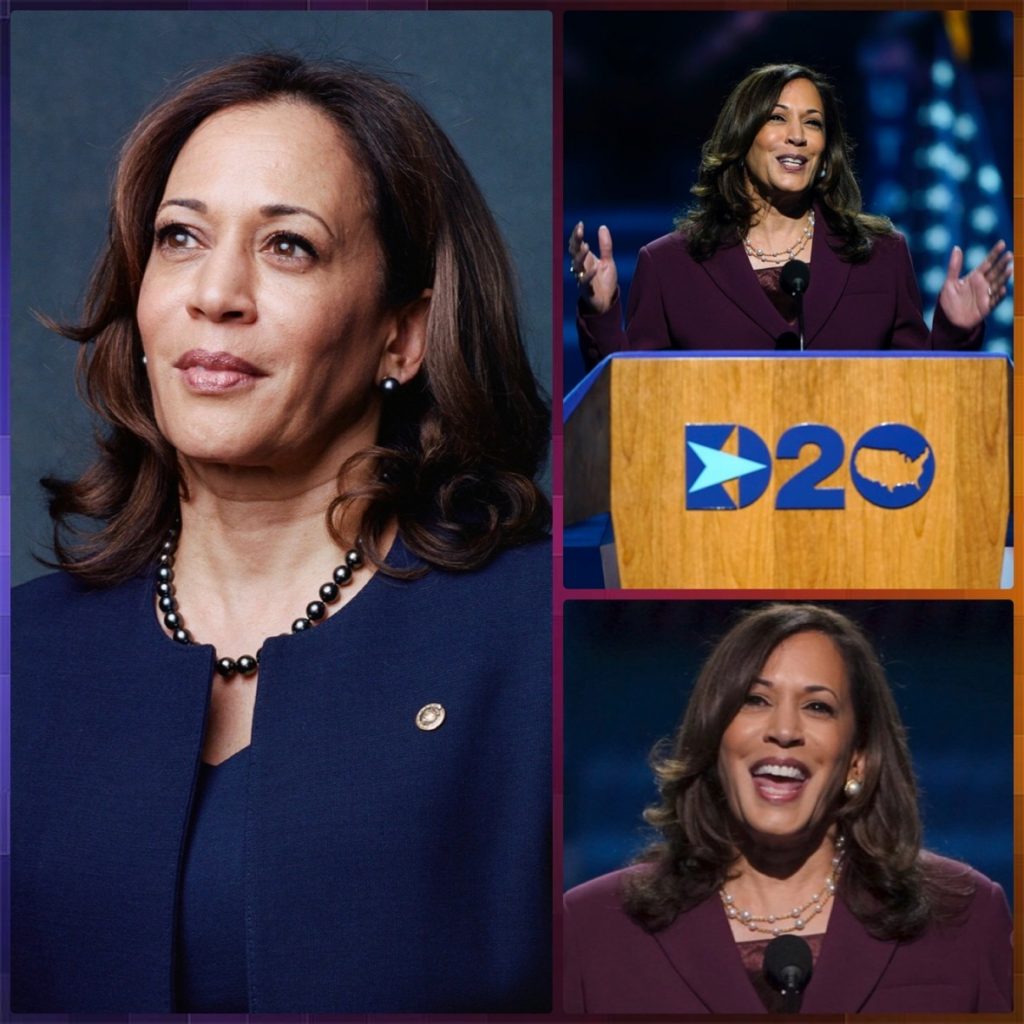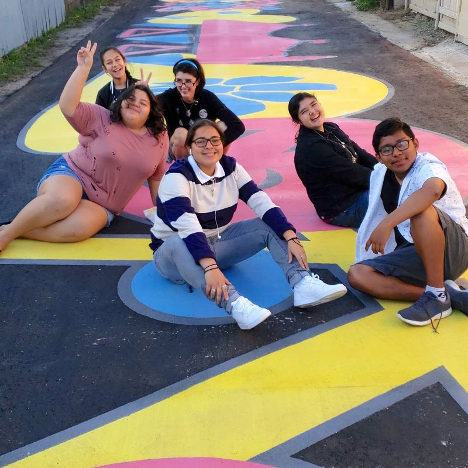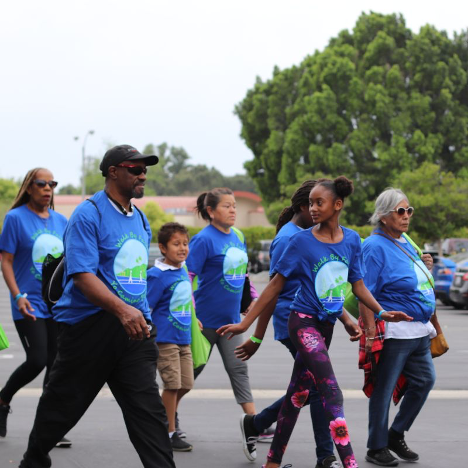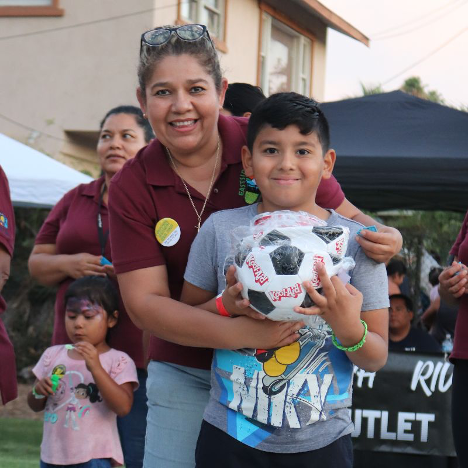By Hermene D. Hartman
The shouting is over. The 2020 Democratic National Convention was well crafted, programed and designed. The Democrats told the stories of the candidates.
President Bill Clinton reminded us of another time when he was President. Hillary Clinton reminded us that Joe Biden and Kamala Harris could win by 3 million votes and still lose. Trust me she knows what she’s talking about.
President Barack Obama gave us a strong and forceful lesson on constitutional law. He powerfully presented in unprecedented terms how Trump as President, just didn’t have it. He pulled no punches. He stated, “I never expected Trump to embrace my vision or continue my policies, I did hope (for the sake of our country) that Donald Trump might show some interest in taking the job seriously.” “Trump has shown no interest in treating the presidency as anything but one more reality show that he can use to get more attention he craves.” He said that Joe and Kamala will rescue the economy and deeply cared about Americans, together they would get the pandemic under control.
Michelle Obama gave it to us middle of the road, southside girl style, stating the facts of the case and telling it like older generations use to say “T-I-S!” Wearing a “Vote” necklace, Michelle called Trump by his name and said “Donald Trump is the wrong president for our country.” We watched a moving documentary on democracy.

The highlight of the convention was the introduction of Kamala Harris. We heard of her background being raised as a Black woman born of an Indian mother and a Jamaican father. Her mother, a biologist and cancer researcher, raised her and her sister as a single parent, and her father left the family when she was 5 years old. Her mother is deceased. Her dad is an economics scholar and was the first Black male to gain tenure at Stanford University.

As we listened and watched Kamala accept the Democratic nomination for vice president, we wondered if we were watching a future president. She could make astounding history as the first woman and the second Black in the Oval Office. Wow. This could really happen in our lifetime. A lady from Howard University could possibly lead the White House. Hello to all of the AKA’s.
Harris meets ambivalence with some Black men as they question her deeds as a prosecuting attorney in California. She locked many of them up. She will be questioned, yet she was only doing her job. But, would you rather have Trump? That’s the legitimate question.
Dr. Jill Biden will make her very own history as First Lady, community college professor and super mom if Joe’s elected president. She promised that she wouldn’t leave her students, not even for the job at the White House. She will be the first First Lady with outside employment. Let’s see how that works and who enrolls next semester.
Finally candidate, former vice president Joe Biden. Joe presented himself in a strong speech, perhaps the best in his 47 years of public service. It wasn’t a convention speech but felt like a fireside chat. He was compassionate, elegant, dignified and real. He told his story about his hometown of Scranton, Pennsylvania where he knew real life causalities, from his Dad’s loss of job, to the accidental tragic death of his first wife and daughter.
His political journey has been from being the youngest Senator to being possibly the eldest President. When he lost his first wife and daughter in a tragic car accident in 1972, he commuted to work every day via Amtrak to and from Washington, DC every day (the trip’s about 90 minutes) and tucked his kids in bed nightly, as they got through the pain. He did this for 36 years. He lost his son, Bo, to brain cancer. You could hear Biden’s pride of his son the solider, as he went into public office, yet the agony lingers as he tell us, you never get over it. If you don’t identify with that, you are heartless.
During his speech, Biden pulled at your heartstrings as he spoke about his personal stuttering. He introduced to a young boy he met on the campaign trail, with the same problem. Biden told the 13-year-old boy how to conquer his speaking issue. “Kids like me are counting on you to elect someone we can all look up to” he said.
The convention was staged beautifully. It was different. It’s messages deliberate. Zoom was used at its best especially during the home spun roll calls. No fanfare, no balloons or confetti, no applause, no tears, and no cheers. Taped speeches were controlled and purposeful as they were delivered with everyone talking straight to the American public, from their living rooms to ours. It was cozy, casual and comfortable.
As perfect as the Democratic National Convention was, its speakers missed a few things. They missed telling us their plans on what they will do with program and policy for the future of America. Many of them ran against Trump, but did they run for a Democratic platform? We assume it will be better with Biden’s seniority and his lovely family but what should we expect? In the days to come we need to hear the Biden-Harris platform and not just see pretty faces and storytelling.
What about the eradication of racism in this era of Black Lives Matter? What about the economy, as we face a changing face of culture with the pandemic? What about police reform? What about education? Kids have missed a full year of school. We need to hear policy positions.
I like the idea very much that the future Vice President is in place. Kamala will represent a new generation. She will be groomed to assume office if need be. I like that Biden knows his way around the White House from his vice presidency days. I like the fact that he knows the Senate and can cross the aisle to get things done. I like his seniority very much. He can hit the ground running with vigor and energy as an expert surgeon. Experience matters. Biden’s experience matters.
Enters Trump…

And now comes the movement of Trump. He plans on appearing all four days of the Republican National Convention. His talks will be bold, pompous, filled with greatness and illusions of grandeur. His will be a scene from a patriot play that speaks in code to the ways of yesteryear, filled with America great slogans.
The rose garden has a new look for the television screen. Trump will tell us with boundless optimism how great he is, as he plays the political hand that has destroyed the Republican Party. He takes us backwards to a place we won’t go, as he disrupts even the post office. He challenges the system in a bold crazy way with his lovely fashionable family at his side as main speakers of the Trump parade.
His presidency is a virtual reality show. The last three years of his presidency has been flawed and Trump will tell us of the many hoaxes during his last three years.
Trump is not to be discounted, ignored or dismissed. He is ruthless and enjoys the attention of being president. He’s nothing but outrageous – from challenging birthing and calling people out of name. It’s nothing but a good hand of playing “signifying monkey.” His tactics work for him, because they are so daring. He’s like the drunk in the bar that everybody laughs and listens to, but nobody puts him out. They do nothing but give him another drink so that he can be more outrageously offensive.
Trump is not to be under estimated. He is a master of the media. He is bold. He’s an escaped convict running desperate. He’s a pied piper. All of his men have been jailed for their wrongdoing. Trump will pardon them as he can. Trump is telling us loud and clear if he loses it will be because the Democrats cheated. Perhaps the U.S. marshall will be called to remove him from the White House.
Trump with his many conspiracy theories, tells us that the post office will fail us, especially with mail-in votes. So what does he do? He removes the mailboxes off the streets and destroys the sorting machines. He has no fear. He tells us that even if he looses, he will not leave the White House. We look in disbelief and wonder, what on earth will he do next as he mounts his campaign for a second term. How much more offensive can he be? What other lunatic tactics and alien-like methodology will he use in a second term? Mrs. Obama has warned that it could get worse. This will only add to more fodder for books written about his ill and zany ways.
These are amazing times that we live in. As society changes daily, we watch old ways become new. We watch with fright and astonishment as we cope with a world pandemic, that the leader of the free world cannot embrace. He tells us it will be all right eventually, rather than pay attention to the science of the matter. Yet Trump will try and take credit for everything once a cure is found for COVID-19.
As we pray, we better damn sure get out to vote, at all cost. The vote is the only thing we can do to save America. Vote Trump out. Vote for Joe Biden. We HAVE to save our democracy. America’s at stake, please STAY woke.
The best thing that can happen to American democracy is to tell Trump “You’re FIRED!”
VOTE. Please share.
 Westside Story Newspaper – Online The News of The Empire – Sharing the Quest for Excellence
Westside Story Newspaper – Online The News of The Empire – Sharing the Quest for Excellence


